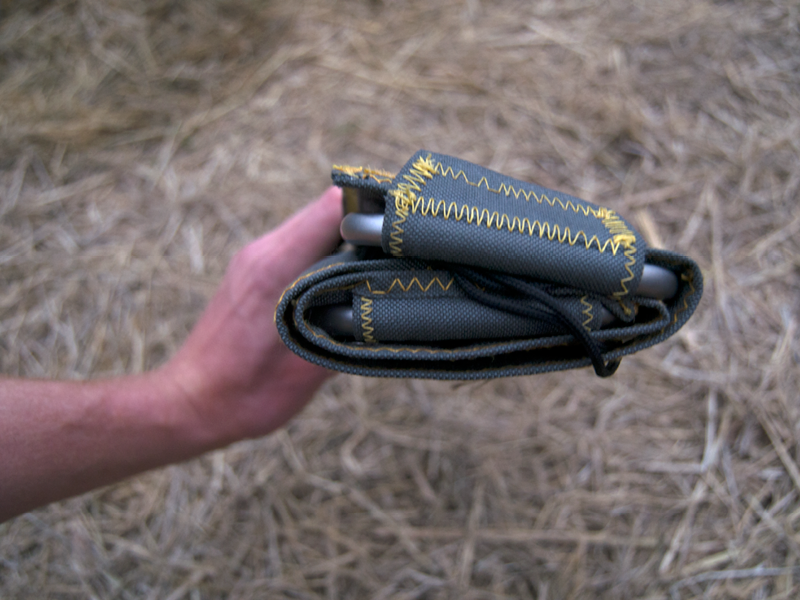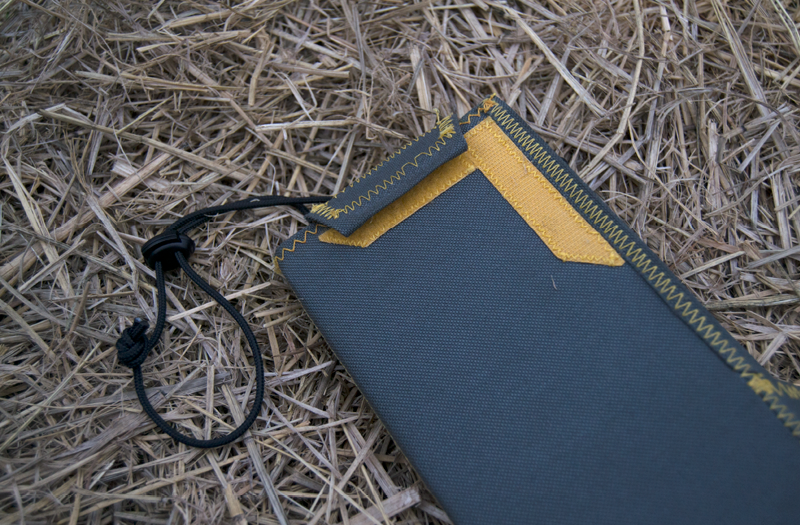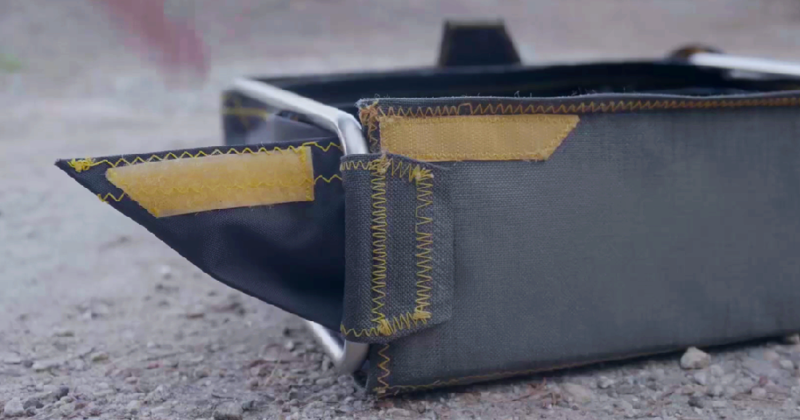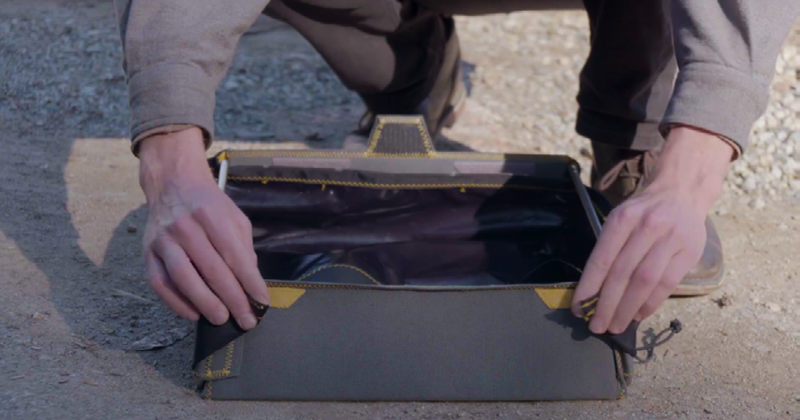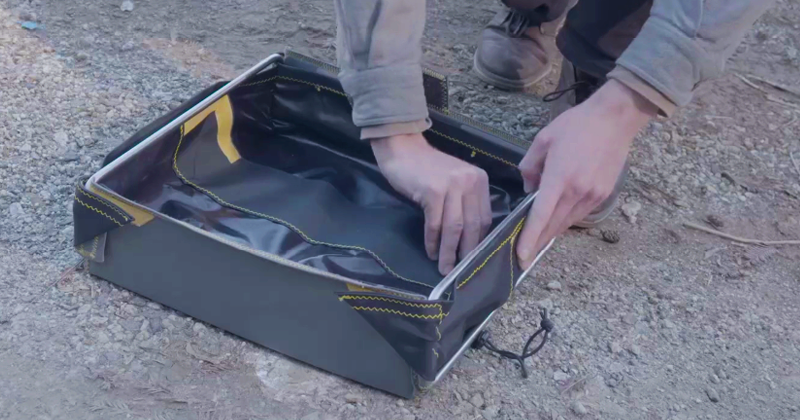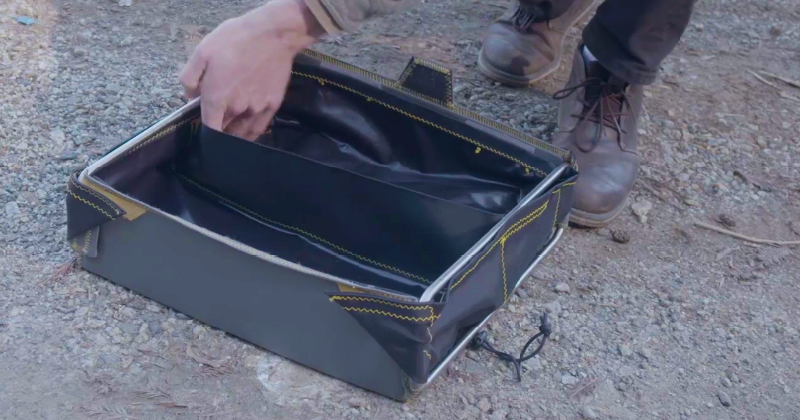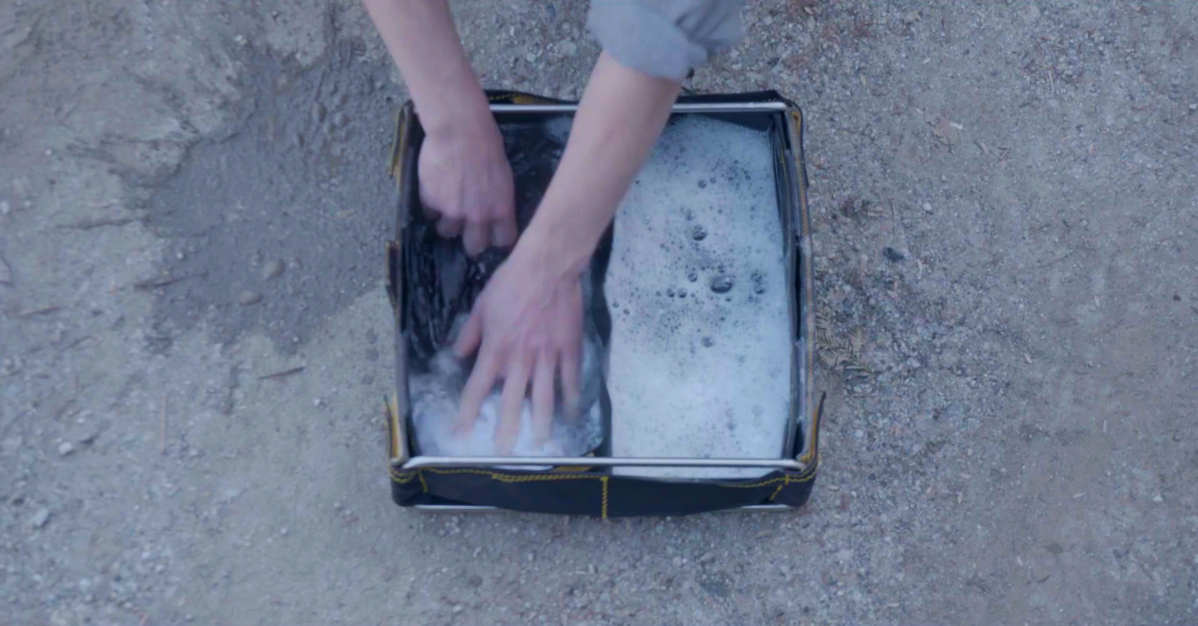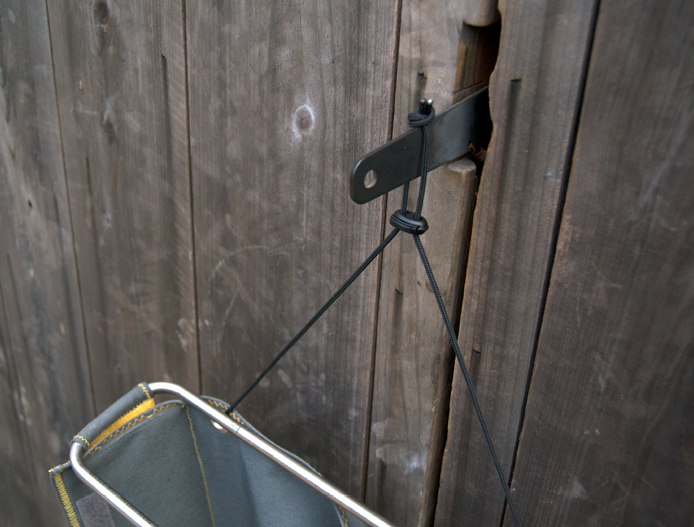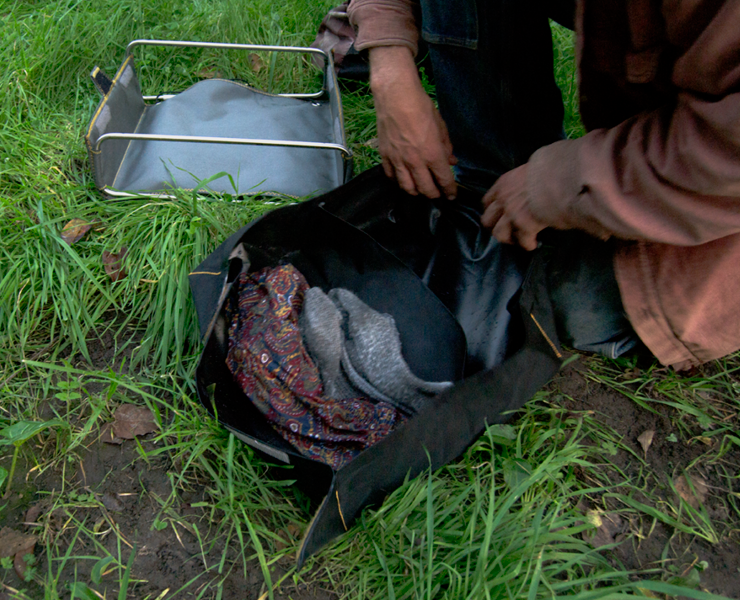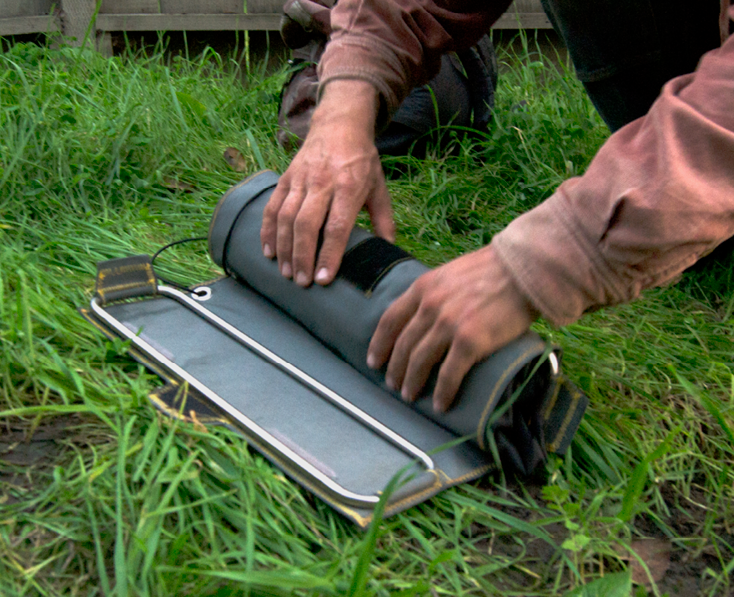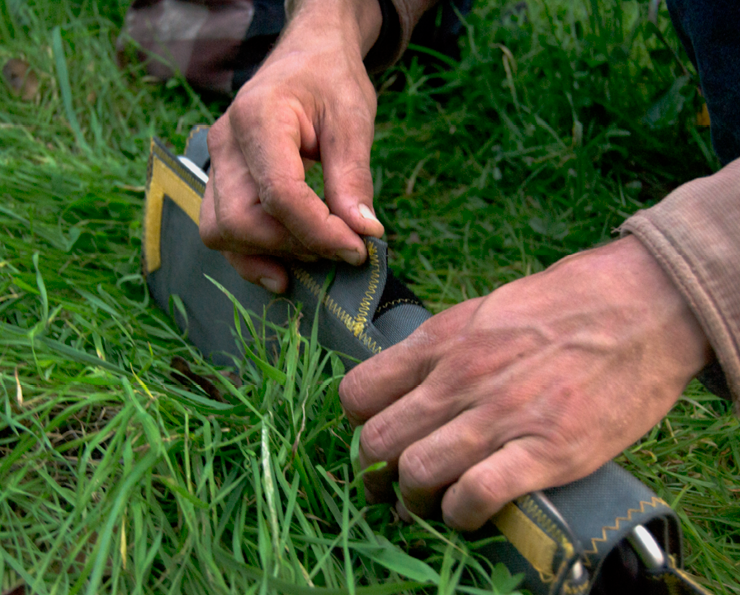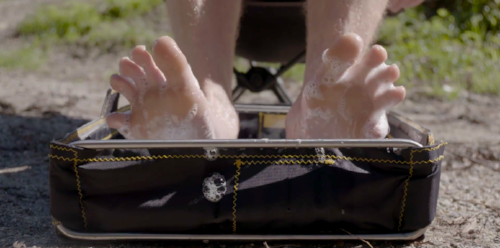Brief
To design a low cost and ready to manufacture solution that can improve people's lives on the street.
Pak is...
A portable washbasin that allows people without direct access to proper facilities, specifically our homeless, to practice good hygiene. From combating foot and skin infections to keeping small batches of clothing clean. PAK utilizes a functional, durable and portable design to help provide people with basic hygiene that is otherwise unavailable.
RAD FEEDBACK
This video shows the basic functions of PAK, as well as some feedback on the product that people who are currently living without a home gave us
fEET, THEY'RE FREAKIN' STINKY, YES EVEN YOURS.
People living on the street have little access to hygiene opportunities. what can we create to help improve the quality of their life on the street?
Brainstorming
We thought through aspects of: safety, transportation, psychological, physical, health, environmental conditions and storage. The area of hygiene was an inspiring category.
oKAY, I THINK WE'RE ON TO SOMETHING...
How could a product be designed to incorporate the most useful aspects of a washroom and shower into a small, portable and compact device?
Listening to peoples stories
After identifying hygiene as the meaningful problem to tackle, I began having conversations with local homeless residents. These conversations helped refine the focus to be a product that addressed foot health & the washing of clothes.
firsthand insight:
This gentlemen noted that people do a lot of walking, but have very little opportunities to improve hygiene. With some more wisdom on the subject, along with some good laughs, this was an insightful experience that sparked some interesting ideas...
implementing feedback:
We presented our ideas to a handful of people currently homeless. It was apparent that people wanted something compact and easy to use.
Concept generation
Ideas ranged from how to store water, wash clothes, dry clothes and provide a wash
basin for general purposes. Collapse-ability became the main direction.
SQUARE ONE
This idea had problems with with stability but was also still an awkward form for our user to carry.
gETTING A LITTLE MORE DIALED in...
The problem with this approach was that it incorporated too many parts, maybe due to the integration of a clothes wringing mechanism into the design. Instead I decided that people could just wring out their clothing by hand. This prototype got closer, but still far from satisfaction.
nOW THIS IS MAKING MORE SENSE.
The wash bin liner and the housing became two separate units. The metal tubing in the housing unit kept the structure stable while washing and served as a drying rack for clothes. This design was more compact and a drastic reduction in parts.
housing unit
Housing + wash bin liner
Drying rack
Roll's up compact
oF COURSE THERE are PROBLEMS...
One issue here was that the metal tubing would fold in and collapse. This was a problem because then the clothes could slide off.
SO WHAT DID YOU DO TO FIX IT?
This was solved by offsetting the connection of the metal tubing to the fabric piece.
testing assumptions
I was curious to see how the physics of water in the bin would act on the structure. An assumption was made that the metal tubing of the housing would prevent the structure from collapsing in on itself and in turn prevent the wash liner from folding in and spilling out the water. This idea was quickly mocked up and proven to work.
The water wanted to bow the liner out and collapse the structure in. When force was applied outward on the structure, the liner did not bow out. This action would happen via the metal tubing.
The metal tubing Vecro'd to the housing prevented the structure from collapsing inward.
Toggle your way on through!

